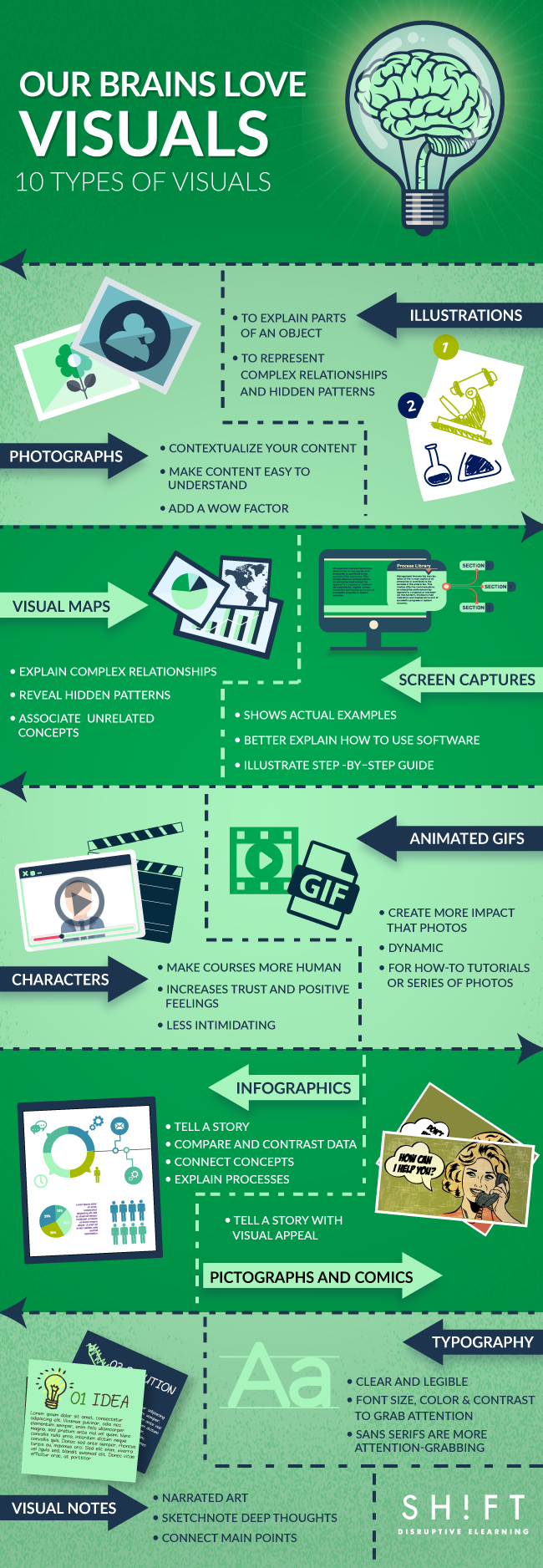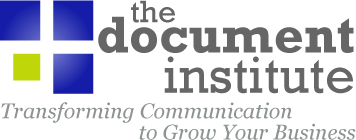
While companies may recognise the need for training and invest heavily in it, improved results don’t simply come from sending staff to training courses.
Regardless of the type of training or delivery method, workplace training must be focused around the way adults learn and appropriate techniques should be employed.
Many of your trainees will have a wealth of experience to draw on and will want to do so.
It’s not just about what you want to train them, but what they want to learn (and their motivation to do so). The result from training should be trainees that take pride in what they’ve been able to learn, rather than think of it as training they “had to do”.
There are 3 key areas to consider when developing and delivering training:
- Creating a Personal Connection
- Diminishing Attention Spans
- Different Learning Methods
1. Creating a Personal Connection
A personal connection with the trainer is very important, however trainees must also be able to connect the training to their own personal or work needs.
Because of this, training needs to be able to be personalised to the situation of the trainee, even when using reusable training content. This will allow trainees to connect the desired training outcomes to their own environment and goals (and their management).
When adults are trained, they must be given opportunities to self-reflect and internalise the things they have learnt. Without these opportunities to stop and think, trainees simply won’t retain as much information.
Tip: When delivery remote or online training, consider technology that allows side-by-side or picture-in-picture to actually show the trainer as well as the training content.
2. Diminishing Attention Spans
Attention spans are continually diminishing and therefore any training should be developed with this in mind. Studies have shown that 7 minutes (give or take 2 minutes) is the ideal time to deliver a subject, before needing to “shift”. This shift could be to the next subject, or simply something to divert attention before getting back to the previous subject.
Regularly checking in with the trainees and summarising the recent content is a great way to keep the attention of trainees. This also allows them to internalise the content they have just learnt.
Questions and the opportunity to work through what they’ve just learnt is also ideal in this situation. For example, “how would this apply in your environment?” or, “take a couple of minutes to speak to your neighbour about the types of jobs this would apply to in your environment.”
Tip: When designing training content, "section" it into 5-9 minute pieces, deliver it, then summarise, review, shift, or simply ask questions before you continue. This technique can be applied for short courses, or when developing content that is designed for hours, or even days of delivery.
It's difficult to eat a whole steak at once, but if you cut off a manageable piece, chew each bite, then swallow, you will be able to savour it.
3. Different Learning Methods
Learning methods also vary greatly, so training materials should be provided in a variety of ways to bring down the adult learning barrier and appeal to many different learning styles.
- Visual: those who need to “see” the information (e.g. pictures, graphs, etc) to learn. This is about 65% of the population.
- Auditory: those who need to “hear” the information to learn. This is about 30% of the population.
- Kinaesthetic: those who need to “engage” in an activity in order to learn. This is about 5% of the population, however some studies show that this style is increasing in effectiveness. It has also been shown that kinaesthetic learning can significantly enhance the learning for both visual and auditory learners.
Tip: If you want people to retain and use the content that you are teaching them, include all learning methods in every section of your training.
“Our Brains Love Visuals”
With about 65% of the population learning most effectively through visuals, delving deeper into this, science has shown that adults process content quicker and have a higher retention rate when appropriate visuals are incorporated into the training they undertake.
A recent infographic (below) and explanatory article was published on the Aura Interactiva eLearning blog. It lists the ten most useful visual tools that you can incorporate into your training to get your content to stick and resonate with your audience:
- Photographs
- Illustrations and Icons
- Visualisations (e.g. charts and graphs, etc)
- Screen captures
- Characters
- Animated GIFs
- Infographics
- Pictographs and Comics
- Visual Notes
- Typography

(source: Aura Interactiva)
